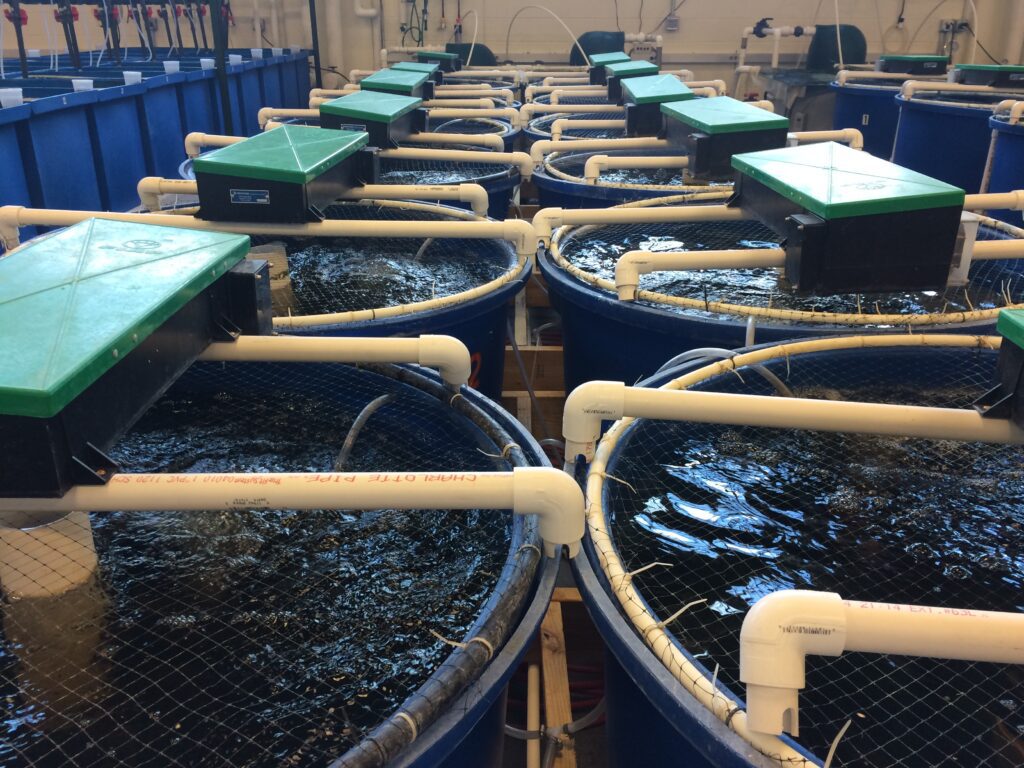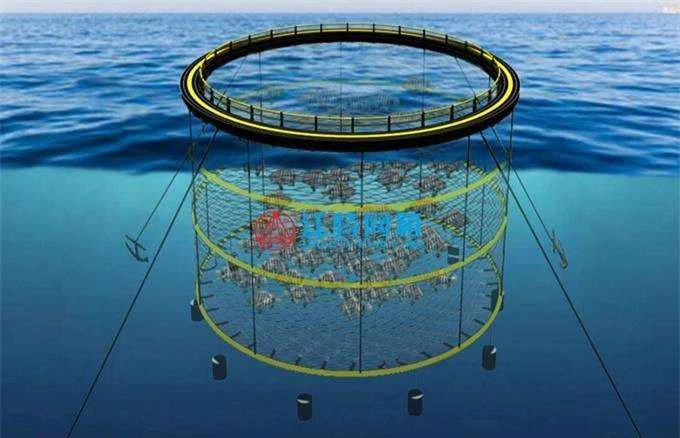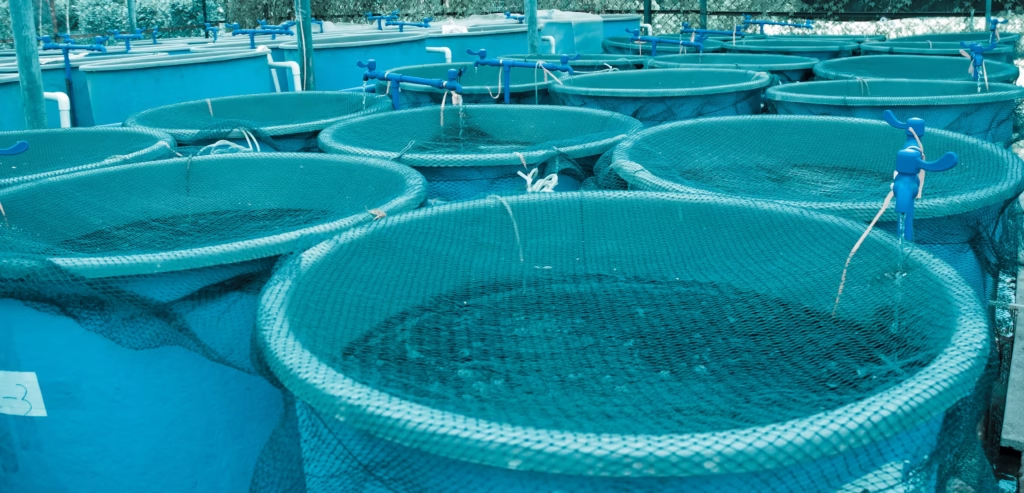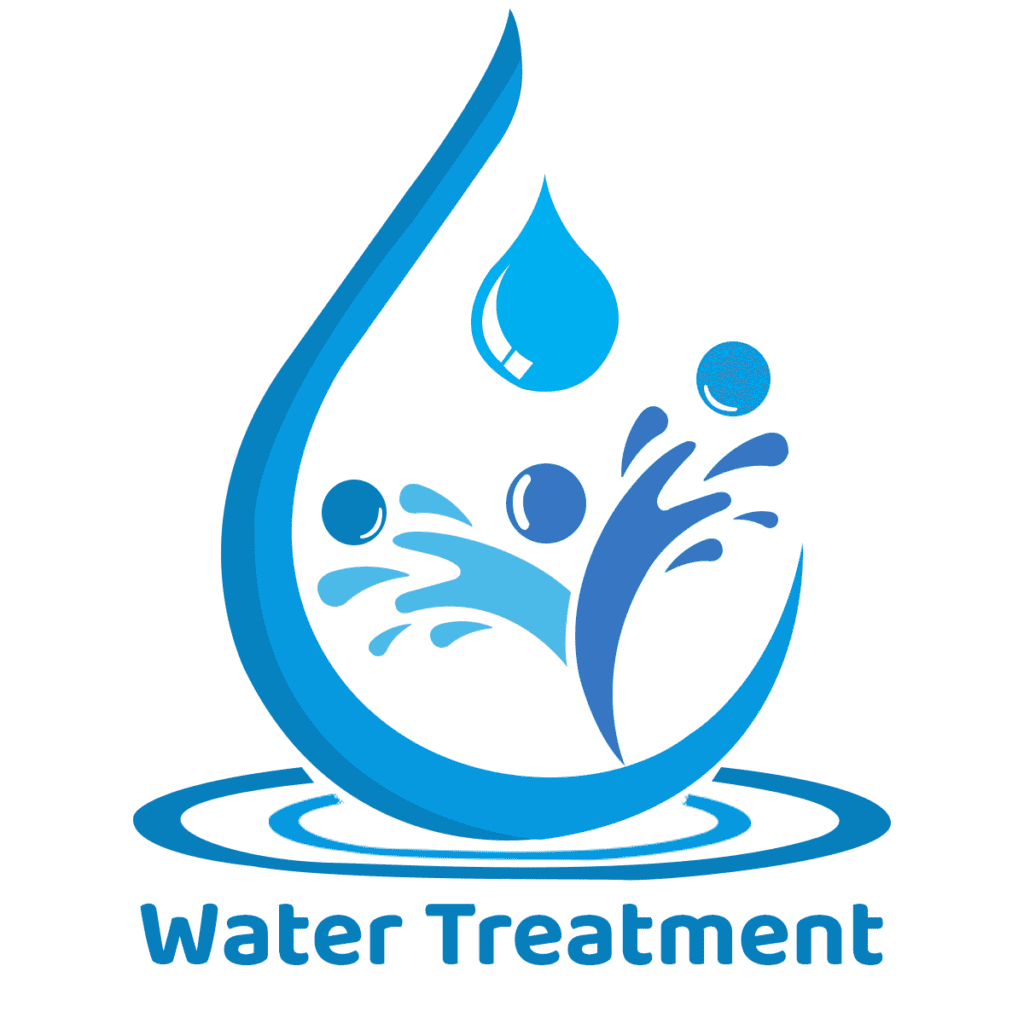Water Treatment
Aquaculture Technology
Establish and Modernize your fish farming with Bangladesh’s trusted, well-optimized, and top-class aquaculture technology provider company. We produce innovative ideas, solutions, facilities, and technology for home-based and commercial aquaculture projects, helping you maximize productivity and confirm sustainable growth. From advanced equipment to custom-built systems, we cater to every scale and need with precision and care. Our expertise transforms traditional aquaculture into modern, efficient operations. Increase water quality, boost fish health, and increase yields with solutions designed for success. Whether starting a backyard setup or expanding industrial facilities, we make it easy to achieve your goals with reliable technology and expert support. Build your future in aquaculture today! Aquaculture, the cultivation of fish and other aquatic organisms has emerged as a cornerstone of Bangladesh’s economy. With its vast network of rivers, ponds, and wetlands, the country is perfectly poised to harness advanced aquaculture technology to revolutionize fisheries. This blog delves into the transformative role of modern technology in making aquaculture more efficient, sustainable, and profitable, empowering Bangladesh’s farmers and boosting the economy.
Introduction
Aquaculture technology encompasses modern tools, methods, and systems to enhance fish farming productivity and sustainability. It includes innovations in hatcheries, feeding systems, water quality monitoring, and farm management, enabling farmers to maximize yields while maintaining environmental balance.
Why is Aquaculture Important for Bangladesh?
As a nation with abundant aquatic resources, aquaculture contributes significantly to Bangladesh’s GDP and food security. The sector supplies over 60% of the country’s animal protein intake and supports millions of livelihoods. Embracing advanced aquaculture technology can address current challenges, such as low productivity and environmental degradation, propelling the industry toward sustainable growth.
The Current State of Aquaculture in Bangladesh
Overview of Bangladesh’s Aquaculture Sector
Bangladesh ranks among the world’s top fish-producing countries, with key species like shrimp, tilapia, and carp dominating the market. The country’s aquaculture is largely pond-based, and small-scale farmers account for a substantial share of production. Despite these achievements, productivity per hectare remains below global benchmarks.
Major Challenges Facing the Industry
- Water Quality Issues: Poor water management leads to disease outbreaks and low fish survival rates.
- Feed Quality and Costs: Dependence on imported feeds increases costs and affects profit margins.
- Climate Change Impacts: Rising temperatures and erratic rainfall disrupt fish farming cycles.
Key Components of Aquaculture Technology
Hatchery Technology
Breeding Innovations
Modern hatcheries use selective breeding techniques to produce high-yielding, disease-resistant fish species. These practices ensure better growth rates and increased resilience to environmental stresses.
Larvae Rearing Techniques
Advanced systems for larval rearing, such as controlled tank environments and automated feeding, enhance survival rates and optimize production.
Feed Management Systems
Sustainable Feed Solutions
Sustainable feed innovations, such as insect-based proteins and plant-based alternatives, reduce reliance on traditional fishmeal while promoting environmental conservation.
Automated Feeding Systems
Automated feeders use sensors to dispense precise amounts of feed, minimizing waste and improving feed efficiency, which directly impacts profitability.
Water Quality Monitoring
Importance of Water Parameters
Maintaining optimal levels of pH, dissolved oxygen, and temperature is critical for fish health and growth. Poor water quality can lead to disease outbreaks and lower yields.
Tools and Techniques for Water Testing
Digital water testing kits, IoT sensors, and real-time monitoring systems allow farmers to track and adjust water quality parameters efficiently, reducing risks and ensuring better yields.
Types of Aquaculture Technologies

Recirculating Aquaculture Systems (RAS)
RAS is a highly efficient, land-based system that recycles water within closed-loop tanks, reducing water usage and environmental impact. It is especially suited for urban and water-scarce areas.

Cage Culture Technology
This technique involves farming fish in floating cages placed in rivers or reservoirs. Cage culture is cost-effective and utilizes natural water bodies, increasing fish production without requiring land expansion.

Integrated Multi-Trophic Aquaculture (IMTA)
IMTA combines the farming of different species, such as fish, shellfish, and aquatic plants, in a single system. Each species complements the other, creating a balanced, eco-friendly farming environment.
Benefits of Advanced Aquaculture Technologies
Higher Yield and Efficiency
Innovative technologies increase production by optimizing resources like water, feed, and space. This ensures consistent yields even in challenging conditions.
Environmental Sustainability
Modern systems like RAS and IMTA minimize waste, reduce water consumption, and lower environmental impact, aligning with global sustainability goals.
Improved Fish Health and Quality
Automated monitoring tools and advanced breeding techniques improve fish health, resulting in higher-quality products for both domestic and export markets.
Role of Digital Tools in Aquaculture
IoT in Aquaculture
Internet of Things (IoT) devices monitor water quality, feeding schedules, and fish health in real time, allowing farmers to make informed decisions and reduce manual labor.
AI-Powered Monitoring Systems
Artificial Intelligence (AI) analyzes data from sensors to predict potential issues, optimize feeding, and monitor fish growth, ensuring efficiency.
Data-Driven Decision Making
Cloud-based platforms store farm data, enabling farmers to track performance, identify trends, and plan future strategies effectively.
Government Support and Policies
Subsidies for Modern Aquaculture
The Bangladeshi government provides financial support to encourage the adoption of advanced technologies, such as RAS and biofloc systems, especially for small and medium-scale farmers.
Training Programs for Farmers
Collaborative training initiatives by the government, NGOs, and private companies equip farmers with the skills needed to implement and manage modern aquaculture technologies.
Export Incentives for Aquaculture Products
Policies promoting the export of high-value products like shrimp and tilapia help farmers access international markets, boosting revenues and creating global competitiveness.
Innovations Shaping the Future of Aquaculture in Bangladesh
Biofloc Technology
Biofloc systems enhance water quality and reduce feed costs by converting waste into edible microbial biomass for fish.
Smart Aquaponics
Aquaponics integrates aquaculture with hydroponics, creating a symbiotic system where fish waste fertilizes plants, and plants filter the water for fish.
Genetic Improvements in Fish Breeds
Genetically improved species, such as faster-growing tilapia strains, ensure higher productivity and resilience against diseases.
Challenges in Adopting Aquaculture Technology in Bangladesh
High Initial Investment Costs
The upfront costs of advanced systems like RAS or automated feeders deter many small-scale farmers.
Limited Technical Knowledge Among Farmers
The lack of training and awareness prevents widespread adoption of innovative technologies.
Lack of Access to High-Quality Inputs
Limited availability of quality fish seed and feed hampers the effectiveness of advanced aquaculture systems.
How to Start Using Aquaculture Technology
Understanding Your Farm's Needs
Evaluate your farm’s size, water availability, and target species to identify the most suitable technologies.
Choosing the Right Technology
Select technologies that align with your budget, resources, and production goals. Consult experts for guidance.
Training and Capacity Building
Participate in training programs to learn about installation, operation, and maintenance of aquaculture technologies.
Case Studies of Successful Aquaculture in Bangladesh
Shrimp Farming Success Stories
Farmers in Khulna have adopted biofloc technology to enhance shrimp yields while reducing water usage and feed costs.
Tilapia Production Growth
Innovative feeding systems and selective breeding have made tilapia farming a success in Mymensingh, boosting local incomes.
Adoption of RAS by Small Farmers
Small-scale farmers near Dhaka have implemented RAS, increasing productivity while minimizing environmental impact.
The Road to Sustainable Fisheries
Aquaculture technology is revolutionizing fisheries in Bangladesh by enabling higher yields, improving sustainability, and empowering farmers. By embracing these innovations, the nation can achieve food security, bolster exports, and pave the way for a sustainable future.
FAQs
- What is the cost of setting up modern aquaculture technology in Bangladesh?
The cost varies depending on the system but ranges from BDT 2-10 lakh for small setups to over BDT 50 lakh for advanced systems like RAS. - Can small-scale farmers afford advanced aquaculture systems?
Yes, with government subsidies and financing options, many small-scale farmers can adopt cost-effective solutions like biofloc or cage culture. - How does aquaculture technology improve fish health?
Technologies like IoT monitoring and genetic improvements ensure optimal water quality and disease-resistant fish. - Which fish species benefit most from advanced aquaculture methods?
Tilapia, shrimp, carp, and catfish are among the species that thrive with modern aquaculture technologies. - What role does the government play in promoting aquaculture technology?
The government provides subsidies, training programs, and export incentives to encourage technology adoption and boost the industry.
